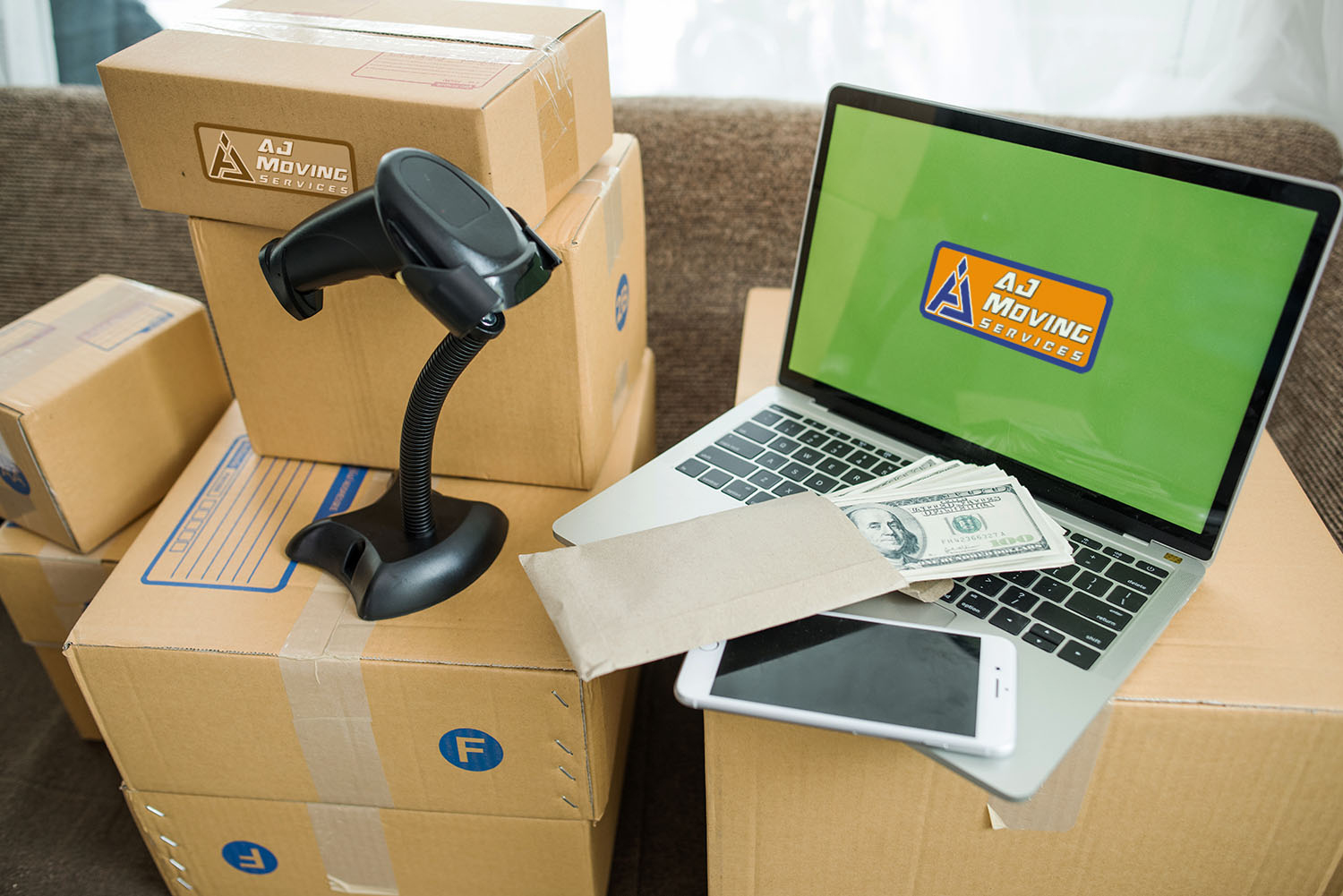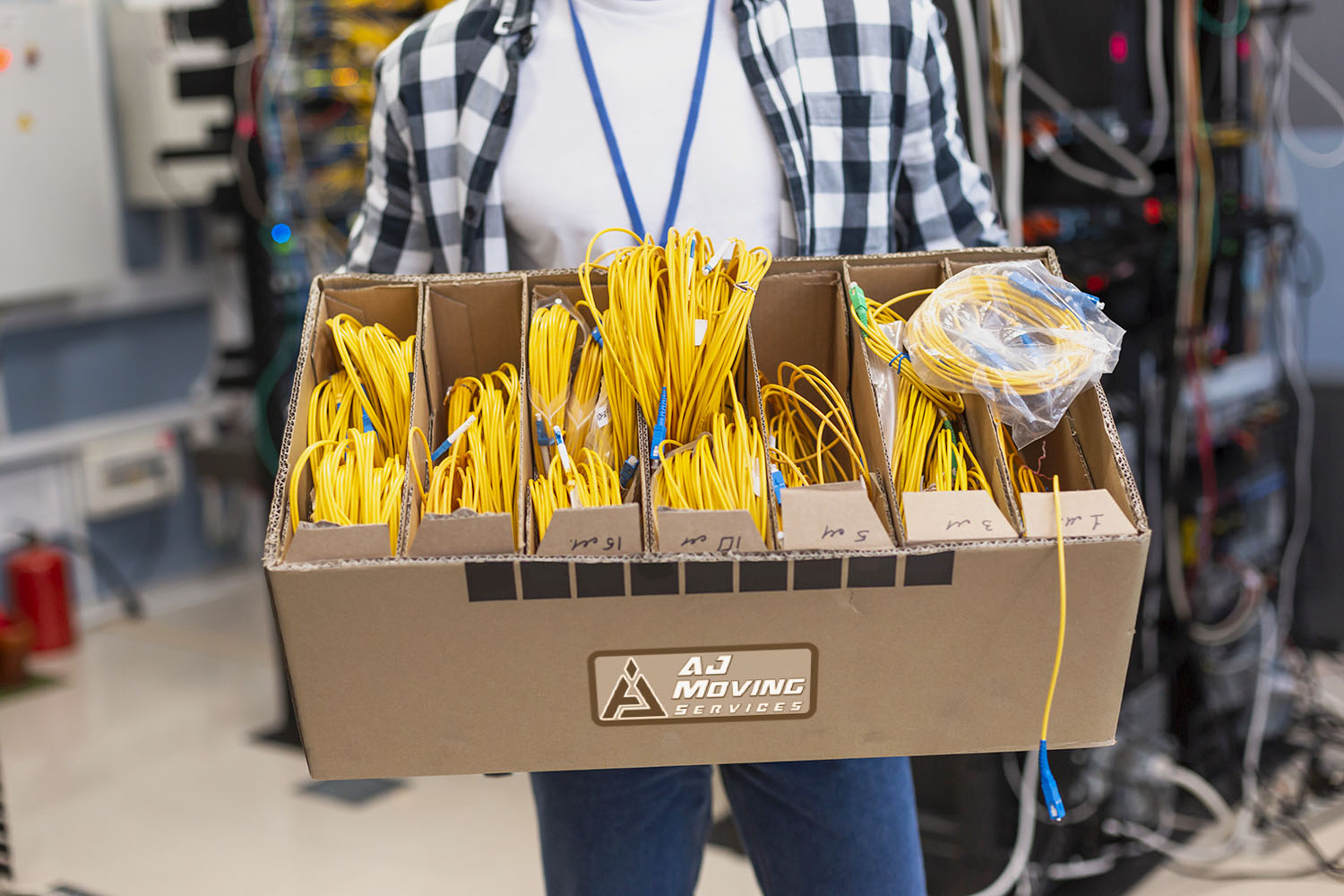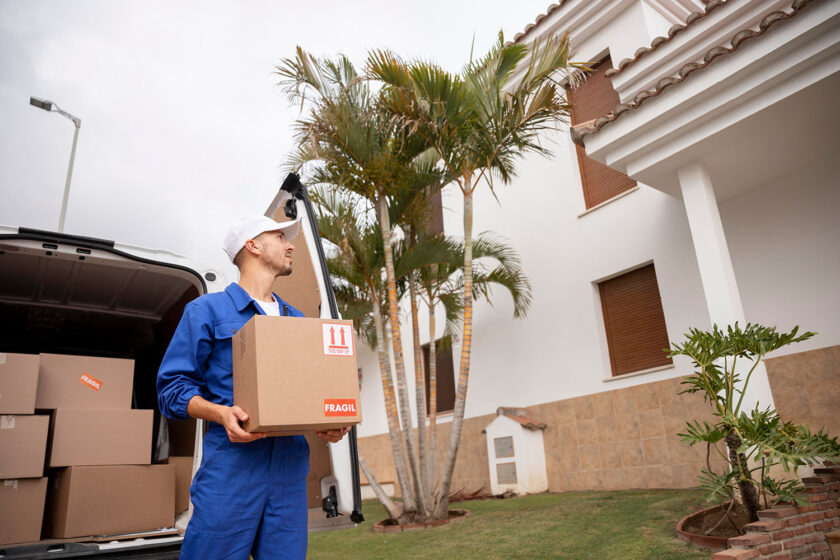Moving to a new home is an exciting experience. However, it can also be stressful, especially when packing and moving your beloved electronics safely, whether it’s your high-end gaming PC or state-of-the-art sound system. You must avoid surrounding boxes, bubble wrap, and packing tape with a tangled mess of cords and cables at your feet. After all, Your electronics are more than just gadgets – they’re a part of your daily life. You use them to stream your favorite games, listen to your favorite podcasts, catch up on the latest news, and stay connected with friends and family. That’s why you want to ensure your devices arrive in your new home unscathed.
But don’t worry; this blog post will provide expert tips and tricks to help pack and move your electronics safely and securely. Whether you’re moving across town or the country, our guide will ensure that your devices arrive at your new home in perfect working condition. So, let’s get started.
Top Tips to Pack and Move Your Electronics Safely
Here are some practical tips for packing and moving electronics safely to your new home.
Pre-Moving Preparation

Before heading towards packing your electronics, let’s discuss some pre-moving tips.
- First, list all the electronics you’ll be moving. You don’t want to leave anything behind, do you?
- Next up, let’s back up the data. You never know what might happen during the move, and we don’t want to lose any important files. So, make sure you have a backup in case something goes wrong.
- Remove any loose media, like DVDs and tapes, and remove the batteries from your devices. This will prevent any potential damage during transit.
- Now, it’s time to unplug and disconnect all the devices. And here’s a tip: take pictures of the cables and connections. This way, you won’t have to scratch your head later on, trying to figure out how to reconnect everything.
- Finally, gather all the necessary packing supplies. You’ll need bubble wrap, plastic bags, cable ties, and boxes. Having everything ready beforehand will make the whole packing process smoother.
Packing Your Electronics
-
Use original packaging
When packing your electronics, using the original packaging is always best if you still have it. Those boxes are like a customized fort for your gadget, with pre-shaped foam pieces and custom inserts that keep items safe during shipping.
-
Use a large moving box
If you don’t have the original boxes, don’t worry! You can keep your electronics safe and sound by using boxes large enough to hold the item during transit and surrounding it with plenty of Styrofoam packing peanuts on all sides [4]. Aim for at least two inches of cushioning to keep it snug and protected.
Pro tip: Add silica gel or any other moisture-absorbing material like Micro-Pak Dri Clay Craft [5] to the moving box to prevent corrosion.
-
Label the boxes
Before you seal the boxes, label them with the device’s name and what’s inside. It might seem like a small detail, but it will save you from opening every single box in search of that one cable.
-
Use bubble wrap
If you have fragile items, use bubble wrap or padding to protect them.
-
Keep cables organized
If you’re worried about cables getting tangled, use cable or twist ties to keep them organized.

-
Cover larger items
Wrap them in blankets or towels for oversized items like a TV to avoid scratches.
Pro tip: never use newspapers to pack screens[6]. The ink can transfer and damage your device.
-
Detach wires and accessories
Detach wires and accessories and store them separately in labeled bags. This will prevent tangles and avoid potential problems caused by prolonged metal-to-metal contact, especially in storage without climate control.
If packing your precious electronics on your own seems daunting, consider hiring professional movers to pack and move electronics for you. They have the know-how and state-of-the-art equipment to ensure your electronics are packed with the utmost care, minimizing the chances of damage during the move. Plus, it frees up your time and energy to focus on other aspects of your move, giving you peace of mind knowing that your electronics are in good hands.
Moving Your Electronics
Moving your electronics can be a hassle, but fear not; some easy and safe ways exist. Check out these tips:
-
Use a dolly or cart to move heavy items
You can use a dolly or cart to move heavy items. It’s a great way to avoid hurting your back and make navigating around corners and tight spaces easier.
-
Load electronics last and unload them first
Remember to load the electronics last and unload them first. This will reduce their time in the truck and minimize the risk of damage from other items shifting or falling.
-
Keep electronics away from heat and moisture
Keep your electronics away from heat and moisture during the move. Keep them in a cool, dry place and away from direct sunlight, water sources, and heaters. Choosing an area with an even temperature and minimal humidity is preferable. If you’re moving a long distance, use the appropriate amount of packing material to insulate the box from extreme temperatures.
-
Take extra care while loading and unloading
Finally, take extra care when loading and unloading your electronics. Handle them carefully and ensure they’re securely fastened in the truck.
If the thought of moving your valuable electronics on your own makes you nervous, consider enlisting the help of expert packers and movers who know how to pack and move electronics and have the tools and experience to handle and transport your devices carefully.
Unpacking Your Electronics
Now let’s unpack those electronics! These tips will surely help you in unpacking your precious items efficiently:
-
Check each item for damage before plugging it in
Before plugging in and turning on your new TV or computer, take a few minutes to inspect each device for hidden cracks or dents. You wouldn’t want to fry your electronics on the first day accidentally! Additionally, it’s helpful to unwrap the cords that go with each gadget instead of unpacking all of them at once. This will prevent confusion and make matching each cord with its corresponding device easier.
-
Follow the manufacturer’s instructions
This is especially important for complicated electronics like home theater systems or gaming consoles. You can follow the instructions to ensure everything is set up correctly.
-
Use the pictures you took earlier
Remember those pictures you took before packing everything up? They’ll come in handy now! Use them as a reference to make sure you reconnect everything correctly.
-
Dispose of any damaged or unusable items
If you find any damaged or unusable electronics during unpacking, dispose of them properly. Don’t just toss them in the trash – many electronics contain hazardous materials that must be disposed of safely and responsibly.
With these tips, you can unpack your electronics safely and efficiently. Happy unpacking!
Conclusion
And that’s a wrap. This blog has covered everything you need to know about packing and moving
electronics, from gathering suitable materials to safely transporting and unpacking your devices. Remember to take your time, follow the manufacturer’s instructions, and keep your electronics safe from extreme temperatures and moisture.
Feel free to call the pros if you feel overwhelmed or need clarification on the process. Expert moving services or professional movers have the expertise and equipment to handle your delicate electronics carefully, so you can sit back and relax while they do the work.

n short, by taking the necessary precautions and following the tips, you’ll be well on your way to a successful and stress-free move. So grab your bubble wrap and packing tape, and pack and move electronics.
FAQs
- What is the best packing material for electronics?
When packing your electronics for a move, your best bet is to use bubble wrap [1]. It provides excellent cushioning and protection against any potential damage during transit.
- Do electronics go bad if not used?
If you plan to pack and move electronics, it’s essential to back up everything before packing. While properly stored electronics can last for years, it’s better to be safe than sorry [2]. Remember that electronic devices are not meant to sit unused and without power for extended periods, so backup your important data and files just in case.
- How do I pack my laptop?
When packing a laptop for a move, wrap the shell with either plastic or bubble wrap to protect it from scratches and other damage [3]. Place the laptop in a snug-fitting plastic bag to prevent static electricity risks during transit. Additionally, wrap any cables, plug adapters, and accessories separately in bubble wrap, and secure them with cable ties.
References
[1]https://marrinsmoving.com/pack-electronics-moving/
[2]https://www.storagevault.com/how-to-store-electronics/
[4] https://www.lifestorage.com/blog/moving/how-to-pack-and-move-electronics/
[5] https://www.micropakltd.com/en/products/micro-pak-dri-clay
[6]https://www.metromovers.com/shouldnt-use-newspaper-packing-material/







